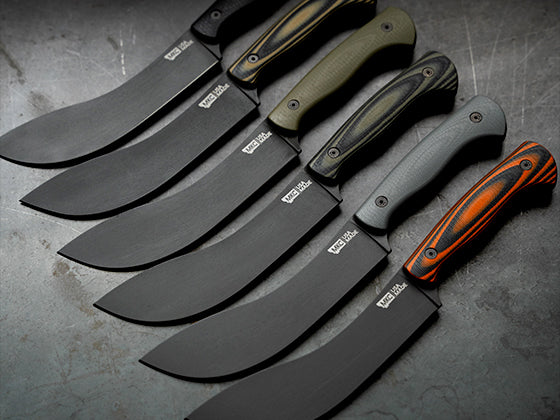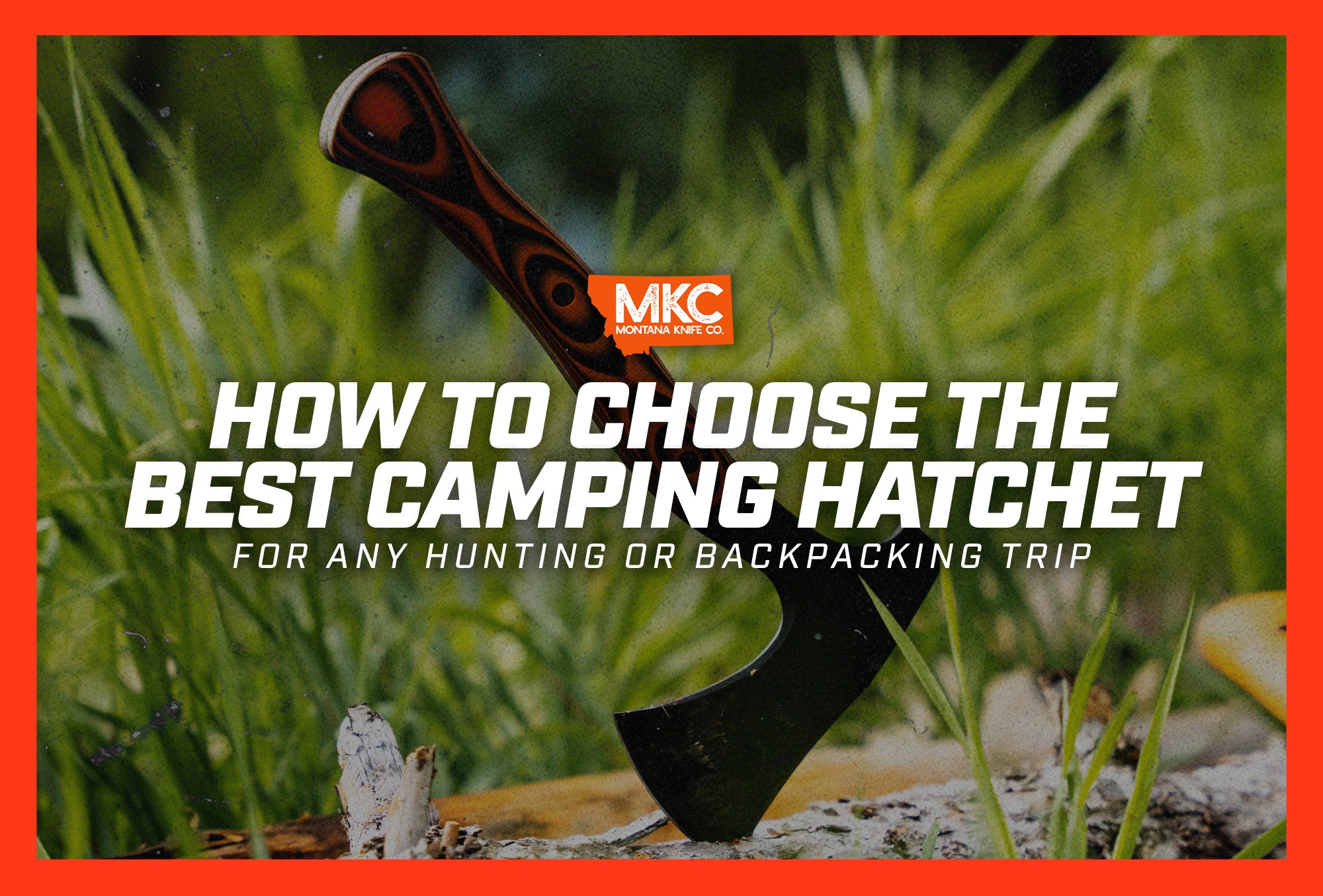No one anticipates a life-threatening injury when they embark on a hiking trip. However, accidents are always possible, and to address them, it’s good to have the best first-aid kit for hiking on your person at all times. It may save your life.
We’re here to help you assemble a life-saving kit that goes beyond aspirin and Band-Aids. We’ll also provide some pre-hike planning recommendations that help prevent many avoidable problems.
Stop Emergencies Before They Happen
Assembling the best first-aid kit for hiking is critical for emergencies, but it’s even better to avoid trouble altogether. Set out with the goal of not needing medical equipment at all, but carry a first-aid kit “just in case.”
Here’s what we recommend you do before heading into the wilderness:
- Get a map. Familiarizing yourself with the area minimizes your risk of getting lost or ending up in inhospitable terrain. Knowing the potential hazards of the trail can help you plan for emergencies.
- Consider hydration. Sufficient water is critical, especially in hot climates, and you don’t want to run out. Will you be able to find water on the trail? If so, where? If not, how much extra should you bring?
- Check the weather forecast to ensure you’re dressed appropriately, and bring rain gear. Weather conditions can change rapidly, so prepare for different scenarios.
- Dress in layers appropriate for the season, and pack extra socks in case your feet get wet. Proper clothing can prevent blisters and injuries.
- Wear proper footwear. You need hiking boots for rugged terrain. Sturdy boots offer better support and reduce the risk of sprains.
- Tell someone where you’re going, the trail name, the trailhead location, and your expected return time. Having someone who knows your itinerary expedites rescue efforts.
- Learn about the wildlife in the area, such as snakes, bears, or mountain lions. Knowing how to react if you meet these creatures can save your life.

The Best First-Aid Kit for Hiking
The preparation outlined above is essential, but anyone who has spent time in the wilderness knows even the most thorough preparation can’t protect against every danger.
To keep yourself safe and, in extreme cases, alive, don’t grab just any ordinary first-aid kit from the drugstore. Pack the best first-aid kit for hiking.
What to Include in Your First-Aid Kit
The best first-aid kit for hiking includes the basics:
- Band-Aids
- Aspirin
- Tweezers
- Moleskin
- Eyewash
- Medical tape
- Gloves
- Sewing needle
- Safety pins
- Hand sanitizer
Additionally, always have:
- Lightweight knife
- Headlamp
- Communication device such as a cell phone or walkie-talkie
A knife is a versatile tool, and a headlamp helps you navigate safely in low light. If you’re in an area with cell coverage, a mobile phone allows you to call for help. If you aren’t, you can reach the other members in your group with a walkie-talkie.
Other items you’ll want to pack include:
- A space blanket (yes, even in the summer. These blankets can protect against overheating as well as hypothermia)
- Personal medications and prescriptions (tell your hiking companions what they are), including an EpiPen for severe allergic reactions
- Bear spray, if appropriate for the area. Be Bear Aware recommends a brand that sprays for at least seven seconds and reaches more than 30 feet.
- Hydrocortisone cream
Add the MKC Med Kit
Pre-packaged first-aid kits are easy to find, but most contain nothing but fluff — things that may remedy a headache or a splinter, but that won’t save your life in an emergency.
A pre-packed kit won’t have the life-saving essentials to address a more severe mishap, such as a broken bone, deep cut, snake bite, or bear attack. We recommend augmenting a basic kit with the Montana Knife Company Med Kit.
We designed the MKC Med Kit to handle serious injuries. It comes in a compact Eberlestock IndiTAK Pouch you can attach to your belt or backpack for easy access. The MKC Med Kit includes life-saving equipment you won’t find in most other kits, such as:
- SOF Tourniquet: The tourniquet is battle-tested and proven to work in the field. We advise buying an extra one in case one fails or a companion needs treatment. In dire circumstances, two is one and one is none.
- MiniTac Wrapping Gauze and Compression Bandage: You can use these items to treat various wounds.
- Nasopharyngeal Airway: If someone suffers an allergic reaction, you can use this device to open an airway through the nose.
- Quick Clot Dressing: This is the same dressing soldiers carry in the field. To control severe bleeding, pack a wound and let it clot.
- HyFin Vent Chest Seal: These seals cover “sucking” chest wounds, such as those caused by falling on a sharp branch or on your own knife. This way, you can breathe through your mouth and avoid a collapsed lung.

The Best First-Aid Kit for Hiking: Final Tips
Knowing how to use medical gear in an emergency is crucial. A wilderness first-aid course is a great way to learn how to use emergency medical equipment and treat injuries properly. Fieldcraft Survival offers excellent training courses that empower you to handle medical emergencies effectively.
By carrying the best first-aid kit for hiking possible, you can enjoy a safe and pleasant trip. Remember to double-check your kit before each hike, ensure you’ve fully charged your communication devices, and familiarize yourself with the location and potential risks.
Enjoy your next adventure!
by Josh Smith, Master Bladesmith and Founder of Montana Knife Company














